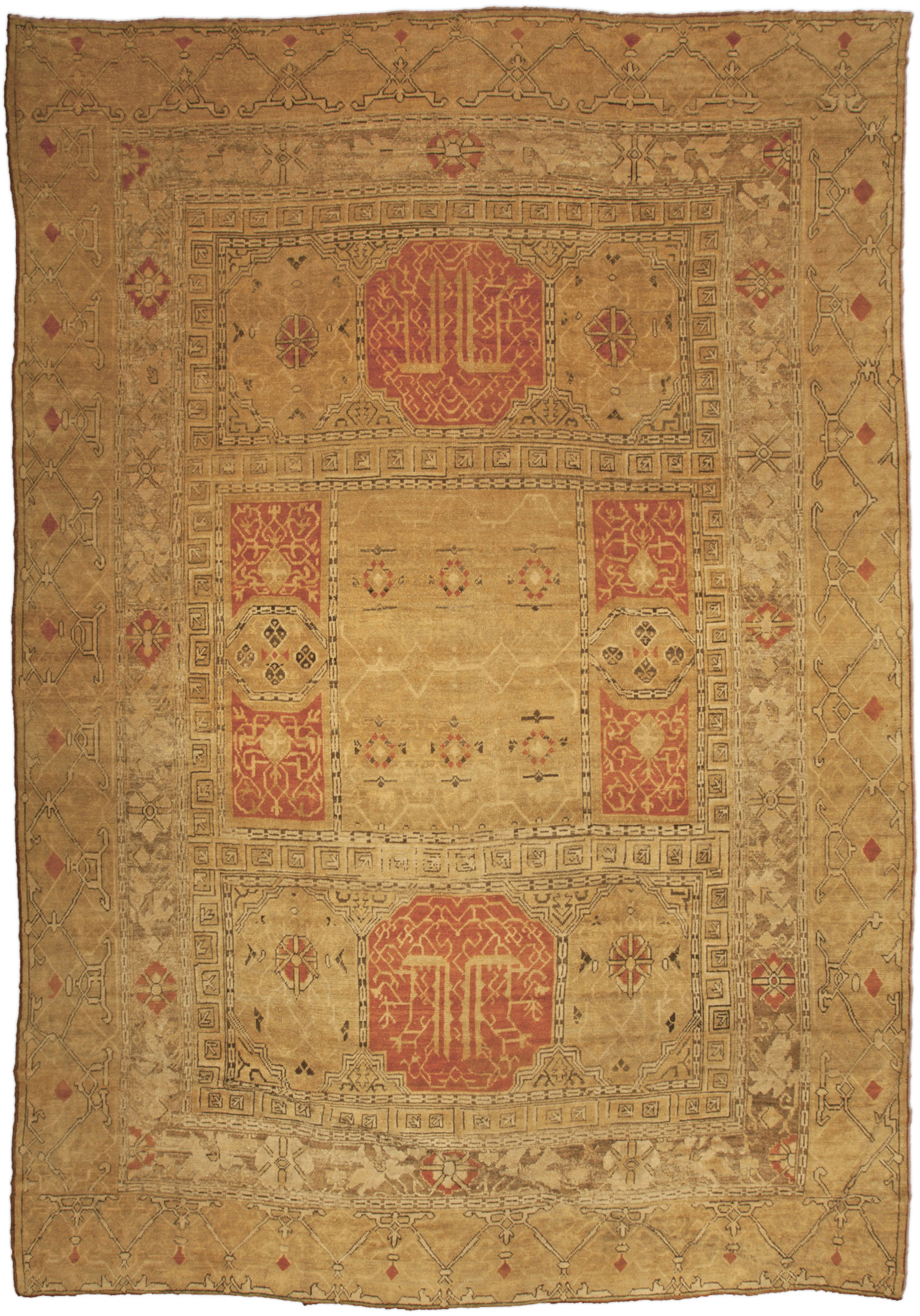A tradition of weaving rugs and carpets has been developed in the areas where the climate was not too welcoming and enforced a wandering way of life. Nomadic tribes needed something to cover a tent floor with and to sleep on, which would at the same time be easily transportable. That’s how a rug was born. Anatolia, a cradle of what we know as present day Turkey, used to be a gathering point for numerous Asian roving tribes.
Exclusive collection of antique, vintage, Persian rugs including our famous collection of large area rugs by Doris Leslie Blau. Nader Bolour the owner of Doris Leslie Blau’s rugs and carpets gallery is the largest rugs dealer in the world. We invite you to view the largest collection of antique carpets and rugs for sale.
Turkish peoples, Armenians, Caucasians or Kurds – all of them brought traditional designs, which, together with the influence of Islam, reflected in the form of vintage Turkish rugs. Apart from the tribes, many ancient civilizations inhabited Anatolia, for centuries conquering one after the other. The beginning of the Turkish reign dates back to 1071 AD, when Seljuk Alp Arslan defeated the Roman Emperor and started the ascendance of Seljuk Turks. However, the history of antique Turkish rugs starts a bit later— in the 13th century. Undoubtedly, carpets and rugs had been woven beforehand, but the earliest existing ones come from 1243 and were found in Konya, Beysehir and Fostat. Their original size was quite impressive, reaching up to 6m long. No loom that big could have been set up in a nomadic tent or a village home, which indicates the Seljuk carpets were produced in town manufactories.

The patterns applied to this first group of Turkish rugs are mostly geometric and relatively small. Hexagons, squares and rhomboids arranged in diagonal rows are garnished with stars, flowers or leaves. The borders contain Kufic-like ornaments (Kufic is the oldest form of Arabic writing). Blue, red and green, usually subdued, dominate the color palette. All of it is created of wool or cotton and dyed with natural dyes. The most characteristic feature of an antique Turkish rug is a symmetrical knot, known under the name of “Ghiordes” or simply — “Turkish”. The diversity of patterns and designs is immense, as almost every fragment of each carpet shows something absolutely unique.

With the socio-political changes and Mongol raids the Seljuk rule began to fade. Around 1300 AD the Original Ottomans took over and founded an empire which lasted for centuries. It was also the time when the trade between Asia and Europe started to flourish and Turkish rugs were in extremely high demand. The best example is the group of Early Anatolian Animal carpets, which became so popular, they appear in Western European paintings from 14th-16th century. The “Dragon and Phoenix”— the most noticeable motif— was brought to Anatolia by Mongols from China and inscribed into Islamic culture. There are two more paramount groups of vintage Turkish rugs, which were frequently depicted by the Renaissance artists. Both obtained their names from the painters— Holbein and Lotto.
Ushak gathered the greatest weavers and constituted a prime rug production region of the Ottoman Empire. By the end of the 15th century, geometrical motifs became more frequent once again, with a significant dominance of “Göl”— a medallion-like shape. Often octagonal, the medallions usually have a mirror reflection or twofold rotational symmetry. They cover the plain in repetitive patterns symbolizing eternity. The very motif was derived from Persian rug design and adapted by the Turks to a large extend. Göl and a star pattern both originated from Ushak (also referred to as Oushak). Silky, luminous wool is a trademark of Ushak rug masterpieces.
The East introduced carpets to the West, but the West did not fall behind and left an imprint on the general shape of Oriental rugs. In the 19th century the wind of change had blown to the Ottoman Empire. The main weaving workshop was set up in Hereke, drawing inspiration from French baroque design. The finest weavers were transferred there from Sivas, Manisa and Ladik. Silk, as well as gold and silver threads became a permanent part of the Hereke carpet production. The place provided a new quality of rugs— the “palace carpets”. All handmade, thriving with colors, contained a wide variety of designs including lilac, hyacinth, rose, carnation and tulip. The corners were usually embellished with medallions excerpted from the earlier Ushak carpets. Hereke rugs established exceptionally high standards of weaving and remain among the most precious examples of pile woven carpets in the world.

